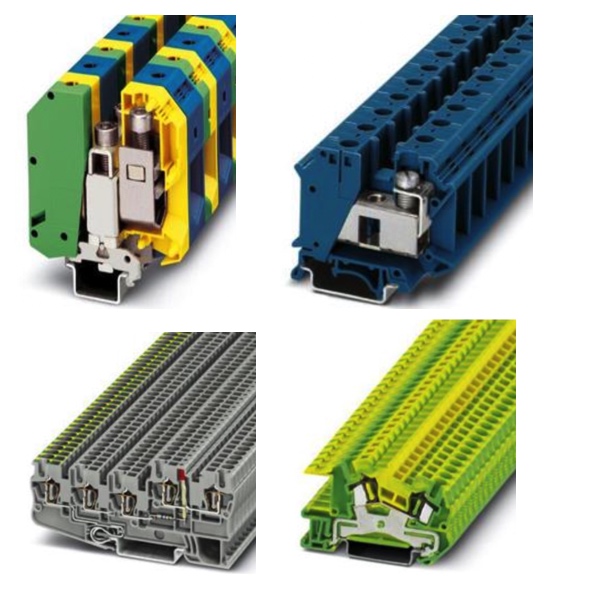Installation Terminal Blocks

Installation terminal blocks are essential components for creating safe and reliable connections within modern electrical installations. These installation terminal blocks are designed to simplify wiring, improve organization, and ensure a secure connection between conductors in control panels and distribution systems. By using modular terminal blocks, engineers and electricians can quickly adapt to different wiring needs while maintaining a consistent structure across projects, whether in industrial automation, building systems, or small distribution boards.
The versatility of terminal blocks lies in their wide range of designs suited for different applications. Options such as disconnect terminal blocks provide quick isolation for maintenance, while multi level terminal blocks save space by allowing multiple circuits within the same footprint. Screw connection technology is commonly used to ensure long-lasting performance and vibration resistance, though other connection types are available depending on the requirements. Many modular terminal blocks are designed for easy DIN rail mounting, making installation efficient and flexible while supporting future system modifications.
More Information about Installation Terminal Blocks
In addition to simplifying electrical installations, these terminal blocks play a vital role in safety and reliability. They keep wiring organized, reduce the risk of loose connections, and allow for clear identification of circuits. Mounting terminal blocks and rail terminal blocks can also be combined to handle two or more wires, giving system designers flexibility in creating compact yet functional layouts. With their robust construction and adaptability, installation terminal blocks remain a cornerstone of dependable electrical systems where efficiency and reliability are critical.
FAQs
What connection technology do modular terminal blocks use in electrical installations?
Modular terminal blocks in electrical installations commonly use connection technologies such as push-in, spring clamp, and screw connections to ensure secure, reliable, and easy-to-manage wiring.
Do DIN rail terminal blocks provide organized wiring in building installations?
Yes, DIN rail terminal blocks provide organized wiring in building installations by securely grouping connections on a standardized rail for efficiency and clarity.
Terminal Block Basics
Single Level Pass Through Terminal Blocks are used to connect two wires together with a common junction point. This is helpful when a component needs to be disconnected or isolated within a circuit. These are the most common types of terminal blocks in industrial applications.
Ground Terminal Blocks function almost exactly like most pass through terminal blocks with one exception: they are grounded. These terminal blocks have a metal connection from where the wire is terminated, all the way to the bottom of the block where it will clamp into the panel. This allows for an electrical circuit to be grounded without running a wire to the main ground connection on a breaker or surge protector.
Fused Terminal Blocks function almost exactly like most pass through terminal blocks with one exception: the presence of a fuse. This fuse provides protection for components from too much voltage or current.
Multilevel Terminal Blocks are used to connect two wires together with a common junction point, just like single pass though terminal blocks, but with the advantage of making two electrical connections in the same block. These blocks also incorporate fuses and can be grounded.
Disconnect Terminal Blocks are similar to fused blocks, however the disconnect stops the flow of electricity by lifting a lever on the terminal block. Unlike fuse blocks, they are a more permanent solution, but will not provide any protection in the event of a power surge.

